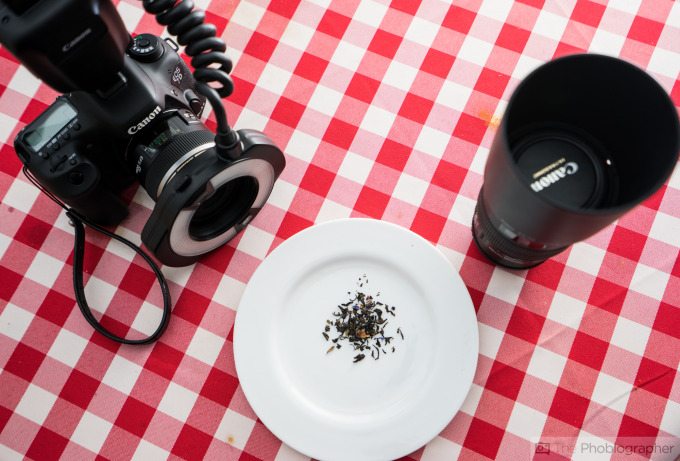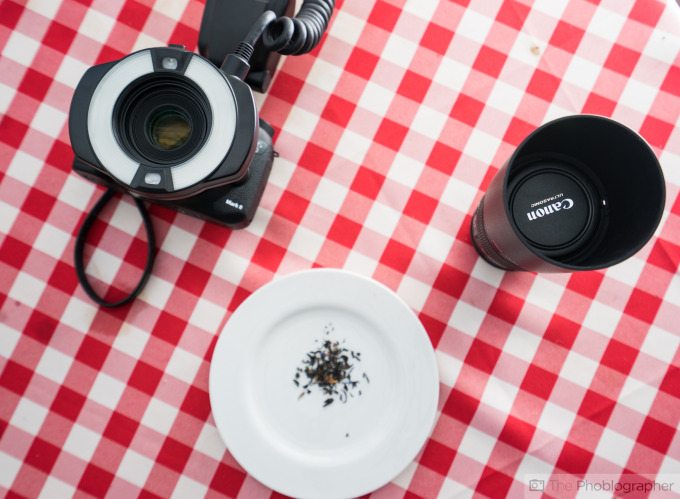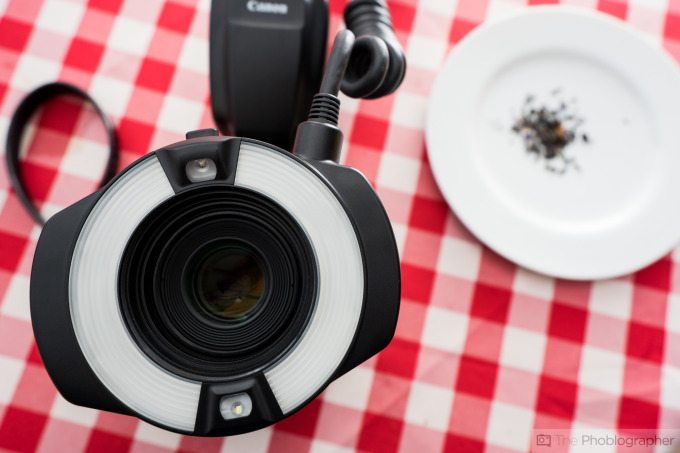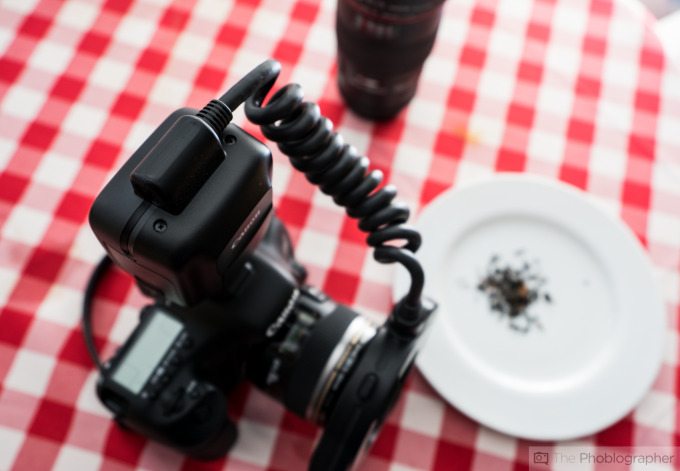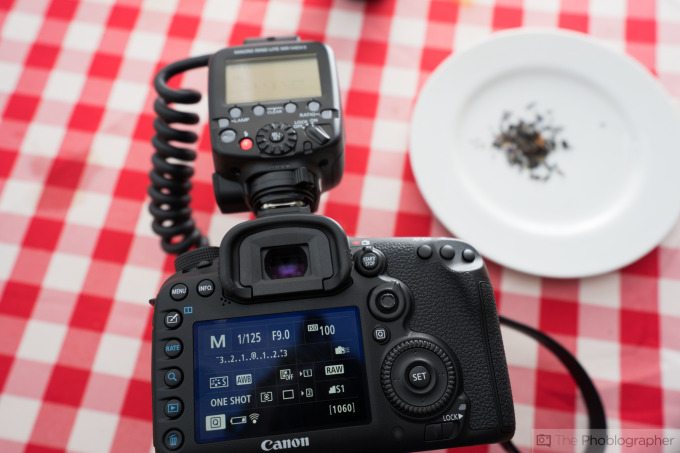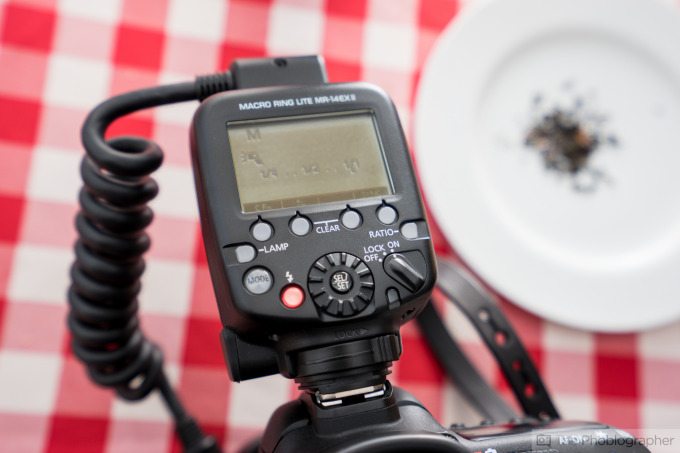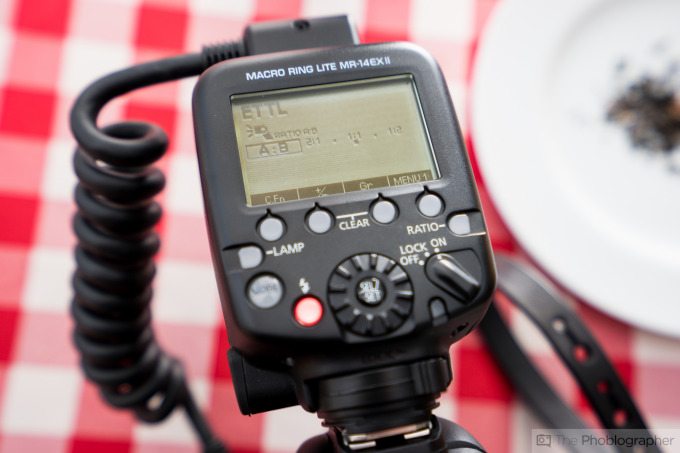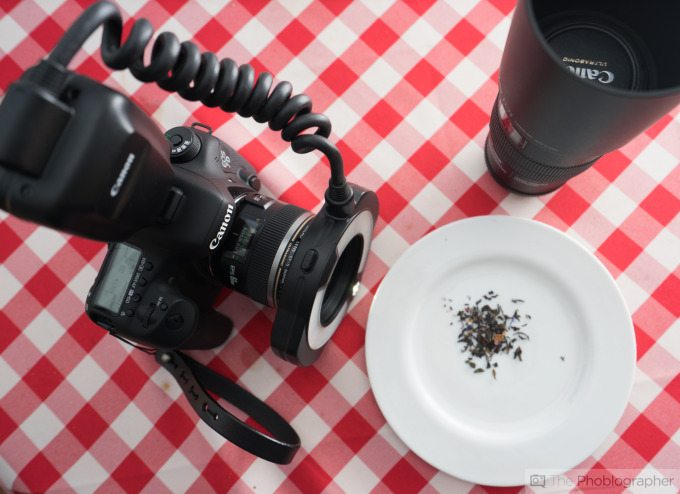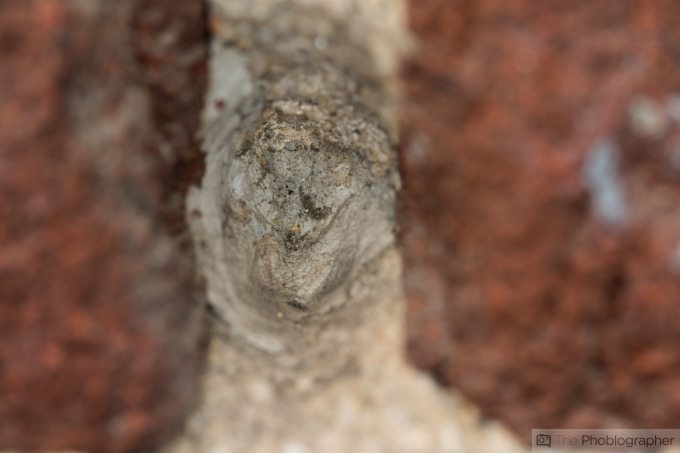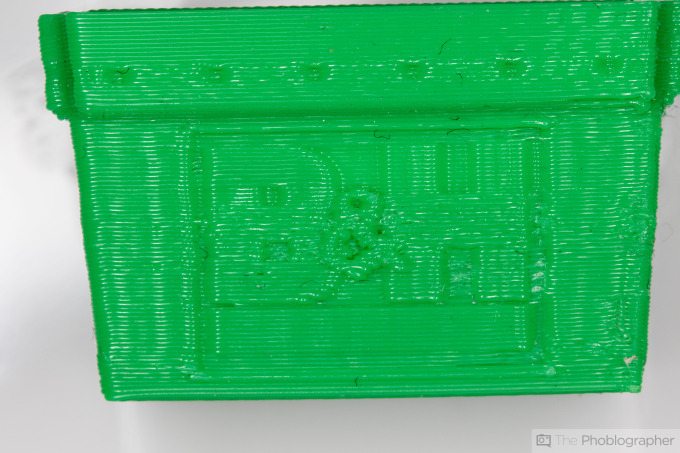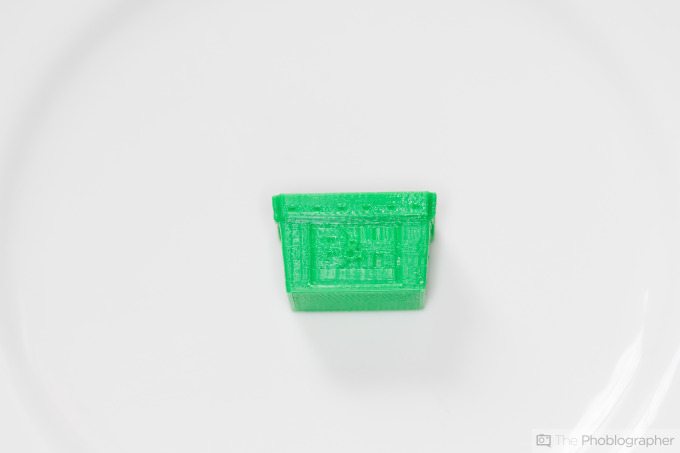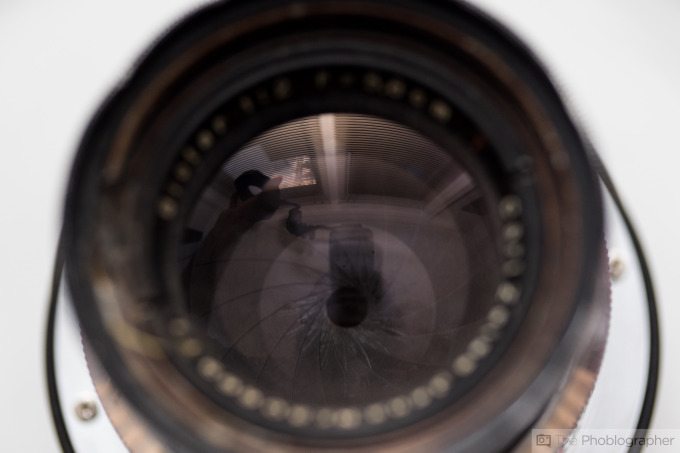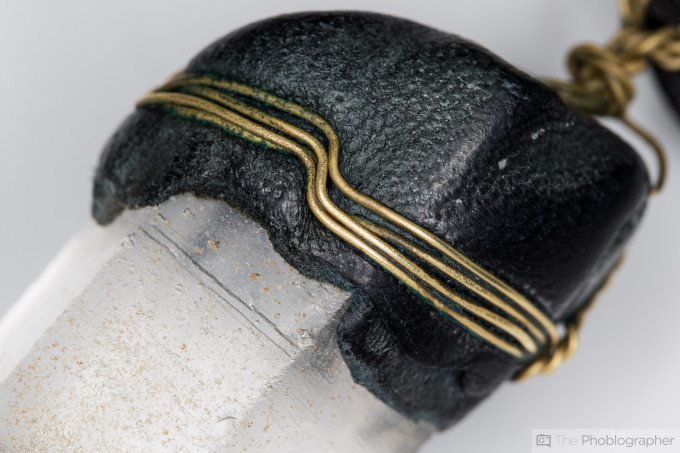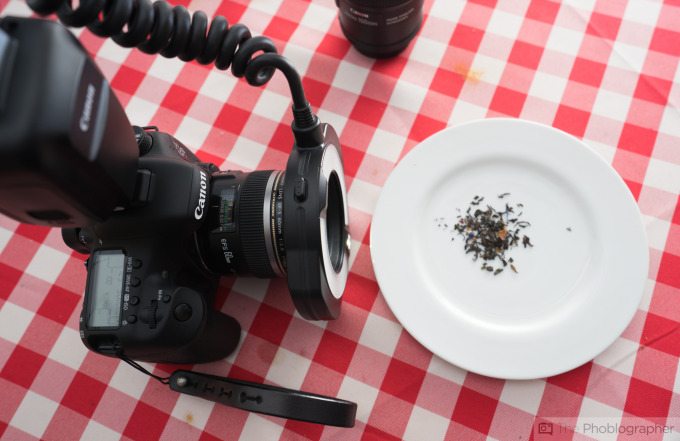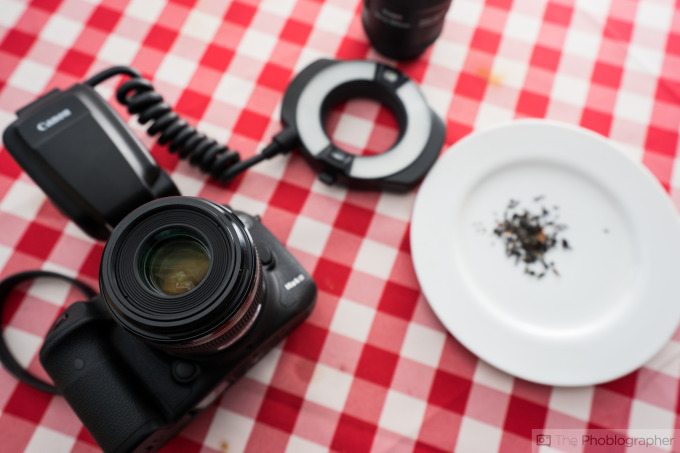Earlier this year, Canon introduced their MR-14 EX II ring flash. As the successor to their aging offering, the new flash brought minor upgrades with it including new ergonomics, a new LED lamp to help with focusing, and new controls on the back. But otherwise, it’s a mostly unchanged flash. To begin with, it was very specialized and the world of macro photography has changed quite dramatically as the years have progressed. Many photographers tend to go for diffusion off of large panels instead of direct light from a harsh flash.
And while you should be excited about the ETTL capability improvement that this flash brings, you should also scratch your head a bit about how it fits into Canon’s ecosystem.
Pros and Cons
Pros
– Great flash illumination
– ETTL system works flawlessly, a major improvement for Canon strobes!
– Small
– Lots of power, can even work well when bounced
– Only $499.99, or rent it from Calumet.
Cons
– Requires an adapter to mount onto Canon’s creme-de-la-creme 100mm f2.8 L Macro and a couple of their other options.
– Eats battery life
– Confined to shooting macro images. The surface area is too small to be significant otherwise.
Gear Used
We tested the Canon MR-14EX II with the Canon 7D Mk II and the Canon 60mm f2.8 EF-S.
Tech Specs
Specs taken from the B&H Photo listing
| Type | Flash |
| Mount | Shoe |
| Guide No. | 45.93′ (14 m) ISO100 34.45′ (10.5 m) ISO100 |
| Effective Range | 16.40′ / 5 m (f/ 2.8 @ ISO 100) 8.86′ / 2.7 m (f/ 2.8 @ ISO 100) |
| Modeling Light | Yes |
| Angle of Coverage | 80° Horizontal 80° Vertical |
| Vari-Power | Manual: 1/1 – 1/128 |
| TTL Dedication | Yes |
| Recycle Time | Approximately 0.1 – 5.5 seconds |
| Flash-ready Indicator | Yes |
| Filter Thread | 67mm |
| Display | Yes, (backlit) |
| Power Source | 4x AA Alkaline, Lithium, NiCad, Rechargeable Ni-MH Batteries |
| Ring Dimensions (WxHxD) | 5.1 x 4.4 x 1.0″ / 129.6 x 112.1 x 25.3 mm |
| Power Unit Dimensions (WxHxD) | 2.7 x 4.7 x 2.8″ / 69.6 x 118.8 x 71.4 mm |
| Weight | 1.00 lb / 455 g excluding batteries |
Ergonomics
The Canon MR14 EX II is a flash that is mostly dominated by the ring that you see in the image above. This ring is very specific and is designed to evenly illuminate a scene shot at the macro range. This is why the light has a ring-like structure. But the two little black areas have LED lights in the center that can otherwise act as AF assist lamps.
And trust us, you’ll need those.
What you should know straight away is that this flash will require an adapter to mount onto your Canon 100mm F2.8 L Macro lens. But if you’re using the Non-L version or the 60mm f2.8 Macro, then you won’t have an issue. To us, this is one of its biggest problems. We’re not exactly sure why the designers didn’t allow the flash to mount to any of their macro lenses by creating a system similar to a belt mount or an iris mount.
The flash ring connects to a triggering control unit via a coiled cable. This unit connects to the hot shoe of your Canon camera. It’s where you’ll spend lots of time making the adjustments, although you can also make lots of them from your camera’s LCD screen.
When looking at the unit, you’ll notice multiple buttons and a giant wheel to control it. The analog way is much better since it wastes much less battery life. The unit also has a locking switch to lock it into place when shooting.
Build Quality
The Canon MR-14EX II is built very well. It mounts onto your lens very well and there isn’t a single reason to question the build quality. The unit uses a coiled cable which in some ways annoyed me but makes complete sense to ensure that the cable doesn’t get in the way of your lens or image making process.
What we really like is the feel of the buttons. They’re large, but don’t stick out so much from the camera body. To be honest, we wish that they were a bit more prominent.
Ease of Use
For the most part, Canon’s flash menu system is very simplistic. Veteran Canon strobe users will be happy to know that it’s much more of the same. Many of the functions that you’ll normally access (such as ETTL, Manual, groups, etc) are quick to set. Granted, this flash doesn’t have radio transmission built in. We see these flashes targeted at the high end enthusiast vs the professional–the latter would probably build something much more elaborate to light their photos correctly. And with that said, we feel that most folks that are brand new to the Canon flash system won’t have a tough time learning it if they just care to pay attention to what they see on the screen.
What users will also see is that the flash is equipped with an LED light to help you focus when shooting at the macro ranges. It’s a nice extra touch to the shooting capabilities.
Image Quality
What we were most impressed by is how well the ETTL system works with the 7D MK II. In the past, we’ve had to play with the system a bit and overexpose, but when using the metering system from Canon with the flash connected, we were able to get perfectly exposed photos. Here are some other examples.
We think that this flash could have delivered even better images, but we didn’t have a mount for a better lens.

Conclusions
Likes
– Compact
– LED lights are a nice touch
– ETTL works flawlessly
Dislikes
– Eats battery life
– Major disappointment that you can’t use Canon’s higher end L macro lenses with it from the start unless you get an adapter.
The Canon MR-14 EX II is a flash that works very well for the enthusiast and the semi-pro that wants to get into doing lots of macro work. But if you want better light, then we highly recommend other options involving lighting panels and bounce flash, If anything, we wish that the surface area of the flash were larger and that it would mount onto other lenses.
But besides our problems with the flash, you can’t deny just how great the TTL metering is, its compact nature, and how powerful it can be at macro ranges. Again though, it isn’t for everyone.
We rate the new Canon MR-14EX II four stars out of five. Want one?
Recommended Cameras and Accessories
– Canon 100mm f2.8: We compared this lens to its L version and didn’t find a major difference. But if you can get your hands on it, then you’ll be much happier with the results.


